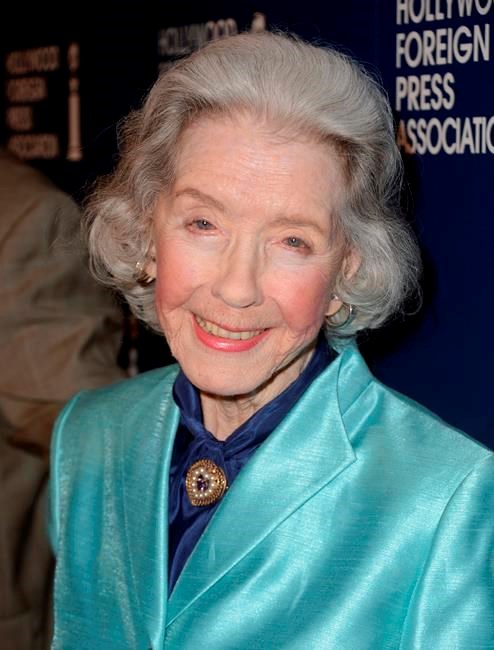Marsha Hunt, the glamourous star of 1930s and '40s Hollywood films, doesn’t spend a lot of time thinking about her own legacy. But the 103-year-old does know one thing: She hopes to be remembered as a character actor and not for the McCarthy-era blacklist, which nearly destroyed her career.
“That whole thing was such a bafflement to me,” Hunt said in a phone interview with The Associated Press. “I never understood why I was included in it, fully.”
Audiences will get to reacquaint themselves with Hunt’s work and life Friday on Turner Classic Movies. The channel has programmed 14 hours of her films including “Flight Command,” “The Human Comedy” and “Pride and Prejudice.” The day ends with a special presentation of Roger C. Memos’ 2015 documentary “ Marsha Hunt’s Sweet Adversity. ”
“14 hours?” Hunt laughed. “They’ll be sick of me!”
Hunt always knew she wanted to be an film actress and came to Los Angeles from New York in 1935 at age 17 with only modeling credits on her resume.
Family friends advised her to tell people she did not, in fact, want to be in the movies and soon four studios were knocking. She went to Paramount first, home of Bing Crosby, Cary Grant, Mae West and Carole Lombard, and immediately found herself in leading roles starting with the 1935 drama “The Virginia Judge.”
But Hunt wasn’t an ordinary starlet and found the leading lady life a little dull. She said she would go to the front office and “beg” for supporting roles.
“I was determined not to just be a leading lady,” she said. “I didn’t want to always play the sweet young things... I so loved character roles. And being a lead and winning the leading man, that was not the point."
In the documentary, Hunt tells a story of how she very nearly got the role of Melanie in “Gone With the Wind.” In fact, producer David O. Selznick told her she had the role on a Friday but not to tell anyone. On Monday, it was announced that Olivia De Havilland would be playing the role.
“That’s the day I grew up,” she said in the film. “That’s the day I knew I could never have my heart broken again by this profession of acting.”
It wasn’t until she left for MGM in 1939 that she really got the chance to stretch in films like “These Glamour Girls,” “Flight Command,” “Pride and Prejudice” and “The Human Comedy.” The studio called her “Hollywood’s Youngest Character Actress,” a title she was immensely proud of.
“I was playing oddball people and it was great fun to do,” Hunt said. “The fun was playing different people and it was a challenge rather than just trying to look pretty.”
She worked constantly, making 54 movies in her first 16 years in Hollywood. But things came to a halt for most of the 1950s when her name appeared in the Red Channels publication, a report of supposed Communist influence in radio and television. Among the other prominent names it listed were Orson Welles, Leonard Bernstein, Arthur Miller, Lena Horne, Edward R. Murrow and Artie Shaw.
“I wasn’t all that active or liberal. I was too busy working. I think I was a liberal by instinct," she said. "But it wasn’t who I was. I was an actress with, I guess, liberal leanings.”
There was a silver lining, however. In the absence of acting work, she started devoting herself to humanitarian causes from world hunger to homelessness. Hunt also wrote a coffee table book at age 76, “The Way We Wore: Fashions of the 1930s and 40s,” drawing on photos from her acting and modeling days.
She still calls Sherman Oaks, California, home, where she’s lived since 1940.
“I’m honorary mayor,” she said. “They gave me that title some time ago and there are absolutely no duties!”
And although she just celebrated her 103rd birthday in October, she isn’t quite ready to call her life long yet.
“I don’t think it’s long. I hope it will be long. I think I’m just very lucky,” she said. “I have no enemies that I know of and I have no hatred. I go around loving people and getting along with them.”
___
Follow AP Film Writer Lindsey Bahr on Twitter: www.twitter.com/ldbahr
Lindsey Bahr, The Associated Press



